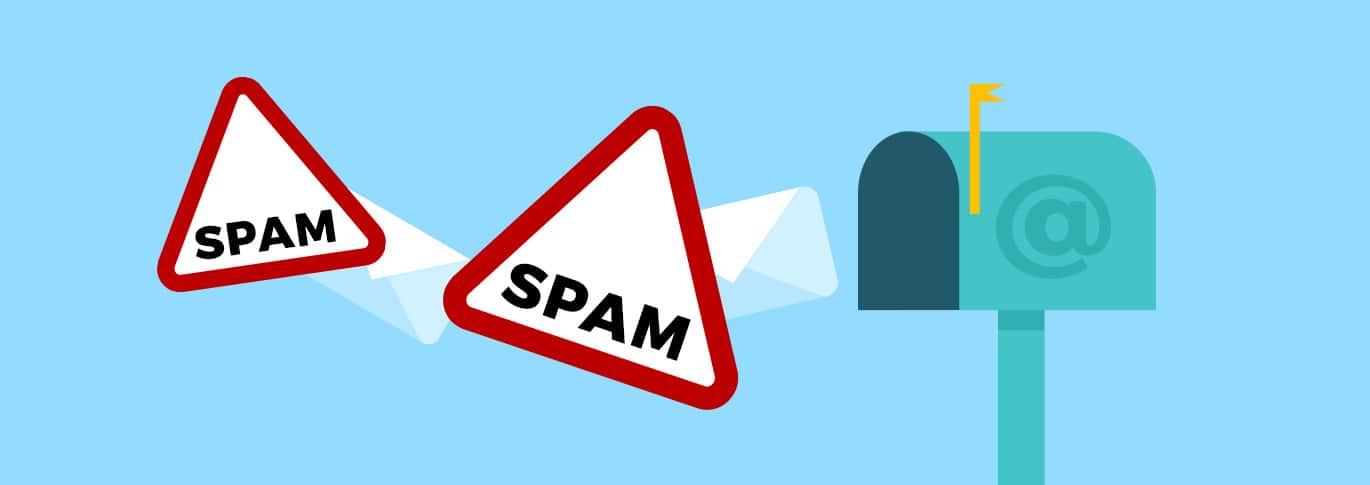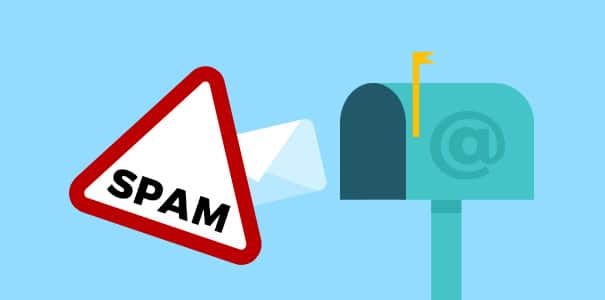Unless you’ve done extensive research on the matter, it’s hard to grasp just how big email marketing really is.
It’s not just big: it’s of gigantic proportions.
Here’s some quick stats to give you a clearer picture as to why it’s worth your time:
- There are 3.7 billion email users in the world as of 2017. This number is expected to grow to 4.1 billion users by 2021 (Statista)
- An estimated 235.6 billion emails are sent per day in 2018 (Radicati)
- The average ROI for email marketing is 3800% or $38 for every $1 invested (Salesforce)
We wish to draw your attention to the last bullet point. If you invest time and effort into email marketing, the return on investment can be crazy.
The following tips will ensure your email delivery is on point.
So, how can you be on the safe side and reach the inbox of your customers? What will it take to ultimately boost your open & click rate?
Read on for all the details!
Tip #1: Segment your list
Before even thinking about sending an email, you absolutely need to narrow your campaigns by using highly optimized segments.
The last thing you want is to annoy subscribers with content that is not relevant to their interests. This is why you should come right out and ask them what it is that they actually want?
Let’s say you have a news website covering a wide array of different topics. Upon subscribing to your newsletter, it would be great to ask users what else they want to see.
For instance, they could subscribe to ALL your newsletters or specific lists like promotions, car news, beauty news, etc.
The danger of sending mass emails without thought is to see your subscribers dwindle fast. Worse, they might even mark your email as spam and that’s not where you want to be.
MailChimp has proven that segmented lists have many advantages, among which:
- 14.31% higher open rates than non-segmented campaigns
- 100.95% higher clicks than non-segmented campaigns
- 9.37% lower unsubscribes than non-segmented campaigns
Tip #2: Personalization or how to add your own twist
It’s 2018: customers expect brands to talk to them.
If you want people to care about your newsletters, give them a reason to!
There’s nothing worse than seeing a new email in your inbox that seems like it was written by a robot. You absolutely need to give them some punch or they’ll quickly get ignored.
Segmenting your campaigns is a nice touch toward that goal. The next step would be to create personas. Because you wouldn’t write emails to millenials like you would to seniors.
You need to know who actually subscribed to your newsletter, and create content that your users will love.
Similarly, it’s important to understand where your subscribers are from. If you only send one mass email at 5 PM and your readers are in a different time zone, it’s bound to fail. Make use of data and learn as much as you can about your subscribers.
It’s the same as with a physical business. If you’re greeted by name each time you visit a store, chances are you’ll be returning often.
Adding a name in your email makes it much more likely that the user will interact with your content. There’s a reason why Wal-Mart pays people to greet customers — it creates a better experience.
Email personalization goes a long way toward higher click & open rates.
Tip #3: Avoid spam like the plague
“Get Rich Quick $$$ NOW!”
There are plenty of trigger words you need to be aware of when writing an email.
Our example is one surefire way to get blacklisted by all the major spam-filtering technologies used by email providers, especially Barracuda or SpamAssassin.
As of March 2018, spam messages accounted for 48.16% of email traffic worldwide.
If you do the math with how many emails are sent on a daily basis … that’s still an incredible number of unsolicited or poorly-written emails.
So, how can you make sure your emails reach their inbox?
Spam filters score emails depending on many different factors. The most important part of your email is the subject. In most cases, this is the area that will make or break your campaign.
But even legitimate emails sometimes get flagged as spam. Here’s a few tricks to avoid getting caught in spam filters:
- Make sure the IP from which you send emails has a good reputation with Sender Score.
- Avoid trigger words and special characters in your subject line: here’s a great list from Hubspot
- Make sure you have a clear unsubscribe link somewhere in your email
- Always test your emails before sending them. We recommend Email on Acid.
- Aim for a 80/20% split between text and images, respectfully
Tip #4: Bank on mobile-optimized content
The world is in the palm of our hands.
If you’re serious about email marketing, creating a template that is optimized for mobile devices should be a top priority.
Did you know that the most popular email client is the iPhone with a market share of 28% in 2017?
You need to be asking yourself if your emails look great on mobile because this is where most people will see them.
As much as 68% of emails are opened on mobile devices!
Here’s a few general rules to create emails that work for both desktop and mobile:
- Don’t overdo images: if your email doesn’t load fast, it’s dead on arrival.
- Responsive everything: add custom styling to your templates so it looks great on each device when you show content. This is something MailChimp refers to as “fluid images,” but don’t stop at images: everything must look sharp!
- Big CTAs and links: on desktop it’s easier to click on links and call-to-actions than on mobile, so you need to increase the size of both. In fact, you’ll be better off using buttons than links for this exact reason.
Tip #5: Track everything
The moment you start sending emails, is the moment you should begin gathering data. It’s important to further optimize your campaigns down the road or create A/B tests — something we suggest you start investing time into sooner rather than later.
Below, we cover the common terms and metrics used in email marketing. You should master these to perfect your campaigns.
You’ll need to know about:
- Open rates
- Click rates
- Conversion rates
- Bounce rates
- Number of subscribers & unsubscribes
These are all basic stats about your campaigns that most, if not all, services should provide by default. It’s important to keep a close watch on them to see where your efforts pay off and where you need to concentrate.
The best way to know if your campaigns are successful is to analyze the return on investment (ROI). And to do so, you’ll need hard data like what we’ve listed above.
Tracking data lets you create campaigns that have more reach. If you’ve sent a newsletter and the open rate is abysmally low, you’ll be able to do a proper postmortem.
Was it the subject line used? Did the content talk to your customers? All these questions are ones that can be answered once you start caring about what the data tells you.
Email delivery is a big task
In light of the tips we’ve shared with you today, a conclusion emerges: email delivery is not to be taken lightly.
One misstep and you’ll be finding your content in a spam folder — or simply ignored.
This is why more and more businesses dedicate time and money into email marketing. You can’t just ask someone to send a promotional email and expect great results. It can be catastrophic! You need someone dedicated and knowledgeable in charge of this important task.
The great news is, if you do take the time to follow our advice and create killer emails, you’ll see huge returns on investment. Everyone knows what emails are and actually expect to receive some from their favorite brands.
Reach our inbox for more
Do you have experience sending emails? We would like to hear more from you. Be sure to share your experience in the comments below or send us your best email right to our inbox!



